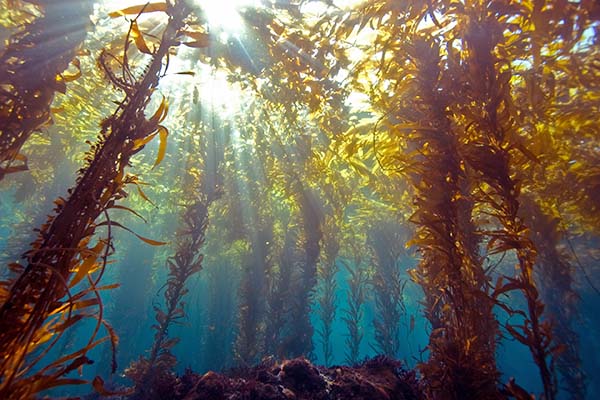According to the Intergovernmental Panel on Climate Change (IPCC), to avoid the major impacts of climate change, such as deadly heat and decreased crop yields, will require limiting global warming to a maximum increase of 1.5 to 2.0 degrees Celsius. The IPPC Working Group I report, Climate Change 2021: The Physical Science Basis, says that limiting global warming to 1.5 to 2.0 degrees Celsius will require the removal of carbon dioxide (CO2) from the atmosphere in addition to converting fossil-fuel energy technology to renewable energy sources such as solar and wind power. Carbon capture and storage through direct technological capture or through enhancing biological or geological carbon sinks is neither simple nor inexpensive. Because no single carbon-capture method will solve the problem, many carbon approaches will likely be needed. See also: Carbon dioxide; Deadly heat in an era of global climate change; Extreme weather events; Fossil fuel; Global warming; Solar energy; Wind power

The ocean naturally absorbs about 25 percent of the CO2 emitted into the atmosphere each year. As a result, the CO2 concentration in seawater is about 150 times greater per unit volume than in air. This fact has led researchers to pursue the removal of CO2 from the ocean as a means of reducing atmospheric CO2, because extracting CO2 from seawater would allow the ocean to absorb more atmospheric CO2. Two distinctly different approaches for doing so are mineralization reactions and kelp farming. See also: Ocean; Seawater
One proposed mineralization reaction would take place in a reactor in which seawater would first flow through an electrical charge to make the water alkaline, followed by a series of chemical reactions of dissolved CO2 with calcium and magnesium in seawater to produce limestone and magnesite. In addition to the minerals produced, hydrogen—which can be used as a clean fuel—would be a by-product of the reaction. At present, about 37 billion metric tons of CO2 are emitted into the atmosphere per year. However, researchers estimate that it would it require about 1800 of these mineralization reactors to sequester 10 billion metric tons of CO2 in mineral form per year, and costs would be in the trillions of dollars. See also: Hydrogen; Limestone; Magnesite
A less costly CO2 capture-and-storage means being explored is kelp cultivation and storage. Kelp cultivation is analogous to growing trees on land, because photosynthesis converts CO2 into biomass (organic matter). Kelp, a large brown seaweed, grows as fast as 0.6 meters (2 feet) per day. At the end of its lifecycle, kelp’s gas-filled bladders cause much of the algae to drift out to the open sea and then sink to the deep ocean floor, thereby sequestering the captured carbon. Unfortunately, kelp beds are in decline worldwide. Reversing this trend will require policy changes, because no carbon-credit exchange market currently exists to pay for kelp cultivation. If implemented, kelp forests could play an important role as a carbon sink for combating catastrophic climate change. See also: Algae; Aquaculture; Biomass; Laminariales; Photosynthesis





